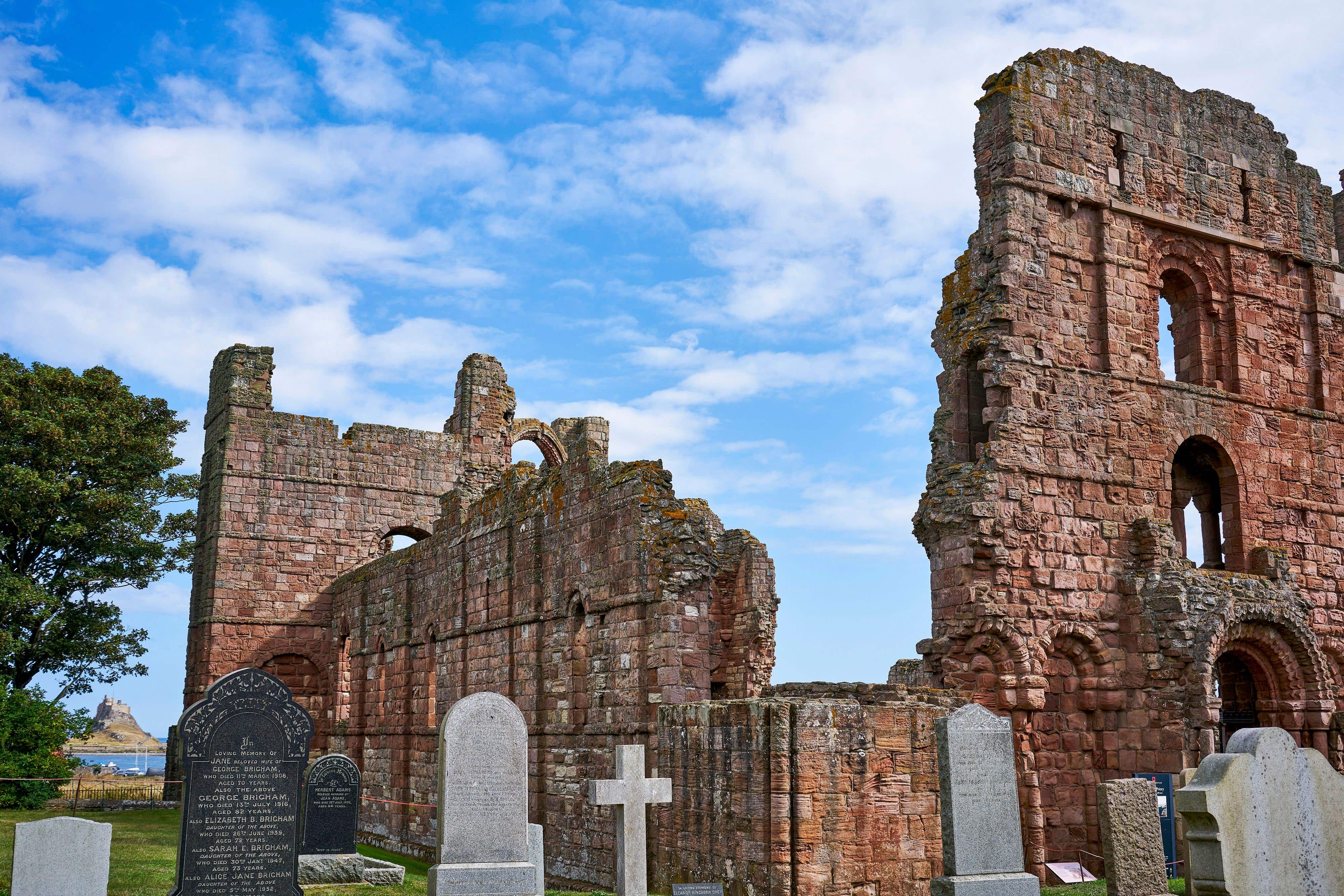Oldest prayer beads found in Britain to go on display at Lindisfarne Priory
The necklace dates from between the 8th and 9th century and is made from salmon vertebrae.

Britain’s earliest known prayer beads will go on display at the refurbished museum at Lindisfarne Priory this weekend.
The necklace, dating from between the 8th and 9th century and made from salmon vertebrae, was recently found on a skeleton on Holy Island in Northumberland.
It will be exhibited along with an Anglo-Saxon glass gaming counter and 21 unique name stones – which were used to identify the dead and are inscribed with runic and Latin text – on Saturday when the priory’s museum and shop reopens following its closure in the autumn for refurbishment.
A spearhead, which could have been used to protect against Viking raiders, and fragments of a 17th century knitted woollen, sleeved waistcoat are also among the recent Lindisfarne finds to be shown at the museum.
The waistcoat has been identified as one of the earliest surviving examples of knitting in Europe, and means the priory was continuing to be used past its suppression in 1537 during the English Reformation, when England broke away from the Catholic Church.
Susan Harrison, English Heritage’s north collections curator, said: “Lindisfarne was and has remained a site of huge international significance, not only in its influences on the practices of Christianity in England, but also as the site of the first significant attack by Viking pirates in western Europe.
“The wealth of artefacts we have now been able to put on display in the museum is truly astounding, from the famous Viking raider stone perhaps commemorating that first attack, to recently excavated items, like Britain’s first prayer beads, never before on display.”
There is a new monument to mark the original burial place – which used to be at the monastery but has not survived – of St Cuthbert.
Designed by sculptor Russ Coleman, the monument is made from a large basalt boulder and is inset with Frosterley marble and sits on an Swaledale fossil plinth in the ruins of the 12th century priory.
The previous monastery had been settled by Irish monks in AD 635 and became the centre of a cult of saints, celebrating its monk-bishop Cuthbert following his death.
Monks are said to have reopened St Cuthbert’s stone coffin and discovered his body had not decayed 11 years after his death on March 20 687, which they saw as a sign of his holiness.
Following miracles being reported on the island, the site became a major pilgrimage centre and led to the illuminated manuscript – the Lindisfarne Gospels – being produced.
St Cuthbert was later moved to Durham Cathedral after a series of Viking raids.
Ms Harrison added: “The beautiful new monument to St Cuthbert also adds the final layer to the story, grounding his memory within the ruins of the priory and marking the spot that monks, in the early 1100s, believed to be his original burial place and where they may have sited their own shrine.”
Lindisfarne Priory and museum reopens on Saturday February 18.
Bookmark popover
Removed from bookmarks